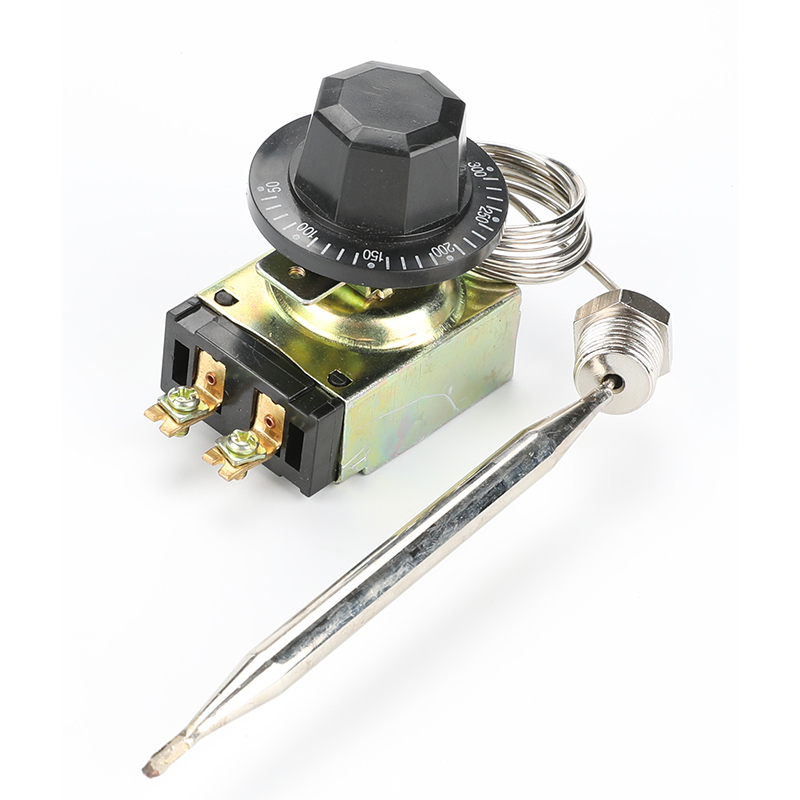High Power Temperature Controllers – Precision and Performance for Demanding Applications
2025-05-19
In industries where precise thermal control is essential, a High Power Temperature Controller plays a critical role. From plastics and metallurgy to chemical processing and HVAC systems, these advanced controllers are designed to handle high loads while ensuring stability, safety, and accuracy. If you're looking to enhance temperature regulation in demanding environments, it's time to explore the benefits of high power temperature control technology.

What Is a High Power Temperature Controller?
A High Power Temperature Controller is a device that monitors and regulates temperature in systems where large amounts of electrical energy are involved. Unlike standard controllers, these units are engineered to manage high current or voltage inputs, making them suitable for heavy-duty applications that require rapid response and consistent thermal stability.
Key Features of High Power Temperature Controllers
1. High Load Capacity
Designed to control heaters, ovens, or industrial equipment with high power requirements—often up to several kilowatts.
2. Precise Temperature Regulation
With PID (Proportional-Integral-Derivative) algorithms, they maintain accurate and consistent temperature levels, reducing overshooting or fluctuations.
3. Advanced Interface Options
Many models include digital displays, programmable settings, alarms, and even touchscreen interfaces for easier control and monitoring.
4. Safety Protections
Built-in safeguards against overcurrent, short circuit, overheating, and system failure ensure operational safety and equipment protection.
5. Multiple Input/Output Support
Supports thermocouples, RTDs, and analog signals with multiple relay or SSR outputs to control heating or cooling devices.
Common Applications of High Power Temperature Controllers
Injection Molding Machines
Maintains mold temperature for product consistency.
Furnaces and Kilns
Ensures uniform heating for metal or ceramic processing.
Chemical Reactors
Controls exothermic or endothermic reactions precisely.
HVAC Systems
Regulates air or fluid temperature in large commercial setups.
Food Processing Equipment
Keeps cookers, pasteurizers, and dryers within safe, consistent ranges.
Benefits of Using a High Power Temperature Controller
Energy Efficiency
Reduces power consumption by optimizing heating cycles and preventing unnecessary energy waste.
System Stability
Helps prevent thermal shock, material defects, and operational downtime caused by unstable temperatures.
Long-Term Reliability
Industrial-grade components and robust design extend service life in harsh environments.
Automation Friendly
Can be integrated into PLC or SCADA systems for smart factory and Industry 4.0 compatibility.
Final Thoughts
In high-demand environments, precision and durability are non-negotiable. A High Power Temperature Controller ensures your systems stay efficient, safe, and productive—no matter the load. Investing in a reliable temperature controller not only improves performance but also extends the lifespan of your equipment and ensures consistent product quality.
If your operations involve significant heating or cooling requirements, upgrading to a high power temperature controller is not just a smart move—it's essential.


